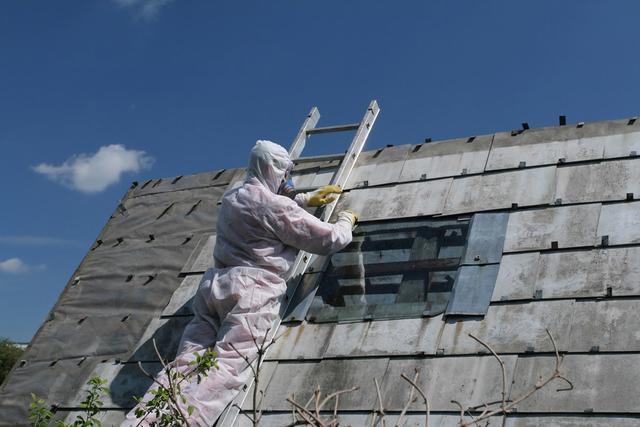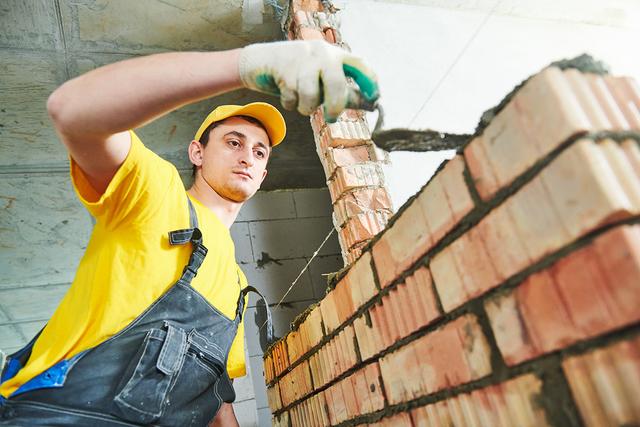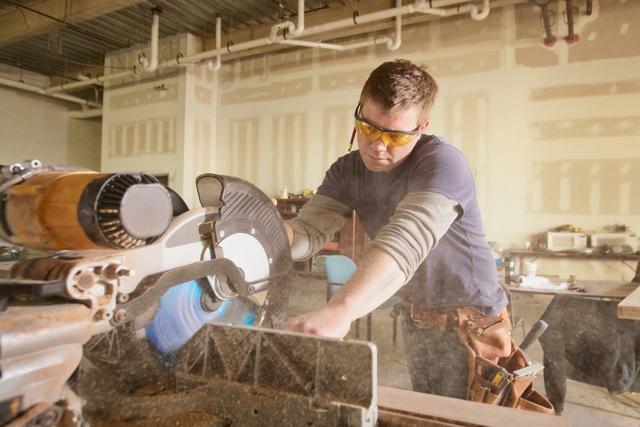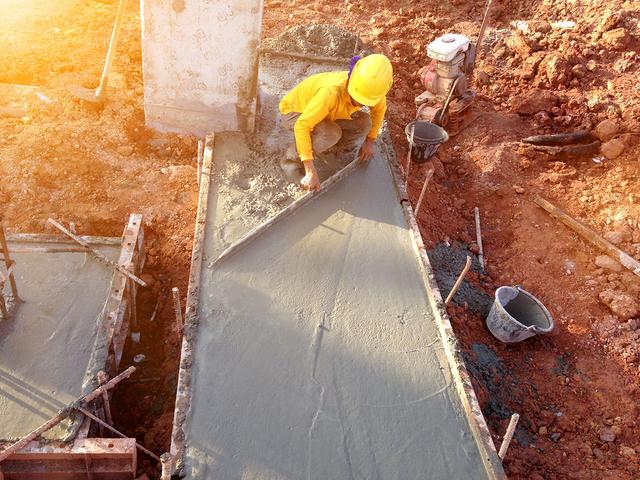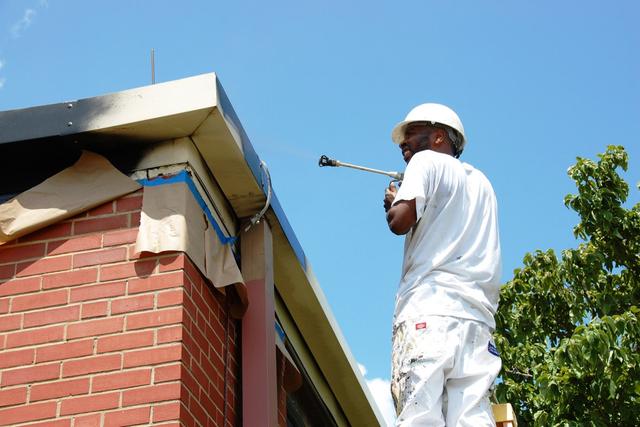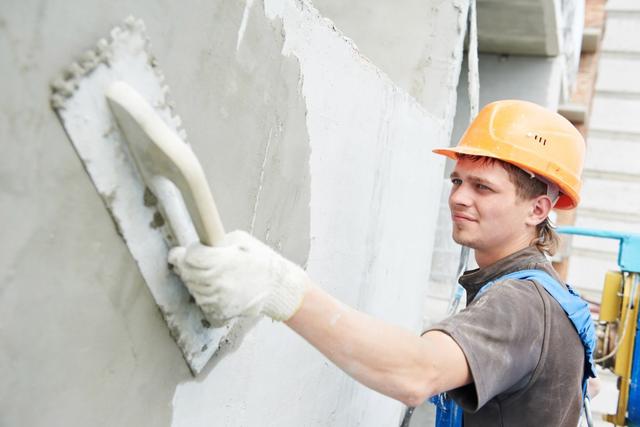Floor Covering Installers
Overview

Introduction
Floor covering installers include a wide range of construction workers, each specializing in the materials with which they work. Resilient floor layers install, replace, and repair shock-absorbing, sound-deadening, or decorative floor covering such as vinyl tile and sheet vinyl on finished interior floors of buildings. Carpet layers install carpets and rugs, most often wall-to-wall carpeting. Approximately 20,300 carpet installers, 32,800 floor layers (except carpet, wood, and hard tiles), and 55,500 tile and marbl...
Quick Facts
Median Salary
Employment Prospects
Minimum Education Level
Experience
Skills
Personality Traits
Earnings
The earnings of floor covering installers vary depending on experience, geographic location, and whether wages are set by union contracts. Most installers are paid by the hour, but some are paid by the number of yards of flooring they install, a system that can benefit installers who work particularly fast.
The median hourly wage of carpet installers was $22.85 in May 2023 ($47,520 a yea...
Work Environment
Although floor covering installers usually work in the daytime, some work is done at night or on weekends to minimize disruptions, such as work done in offices and stores. The standard workweek is 35 to 40 hours. Installers usually receive overtime for weekend and holiday work. Self-employed installers may work very irregular hours.
Floor covering installation involves fewer hazards than...
Outlook
Employment for carpet installers is expected to decline by 9 percent from 2023 through 2033, according to the Occupational Outlook Handbook (OOH). Carpet is the most popular type of flooring in the United States, but employment for carpet installers has declined as more homeowners and businesses choose to install tile and hardwood floors in the belief that these materials are more dura...

